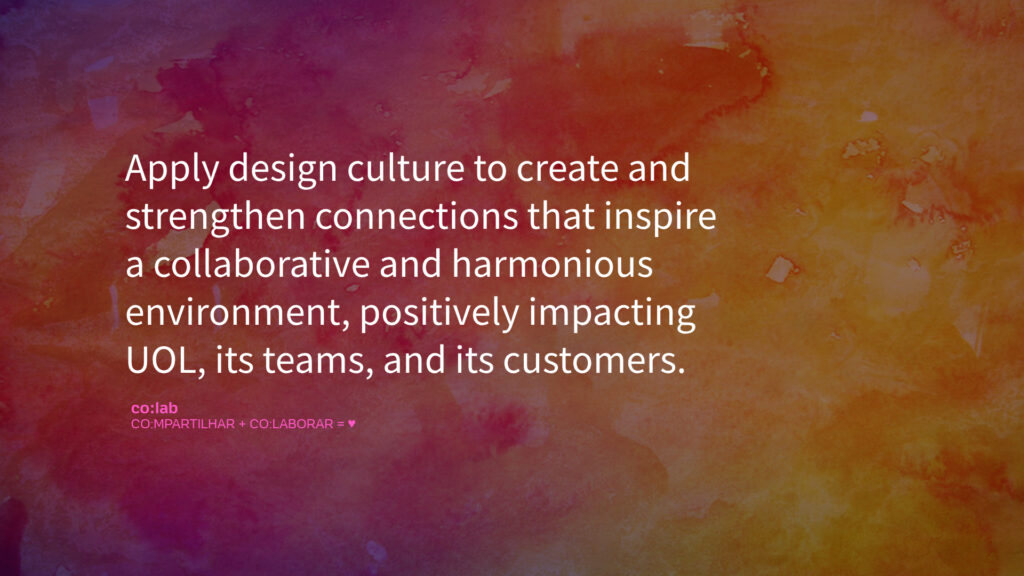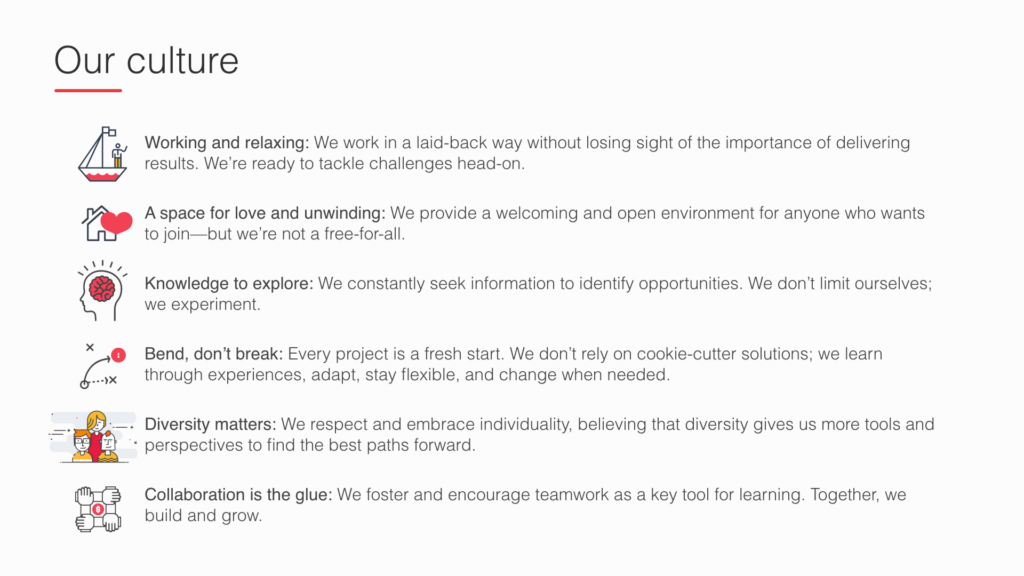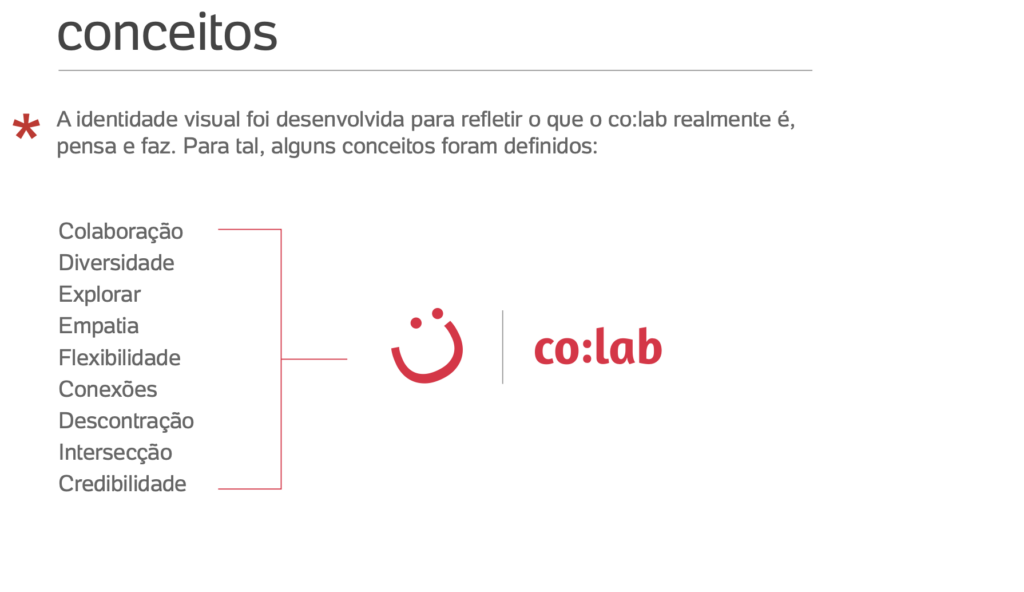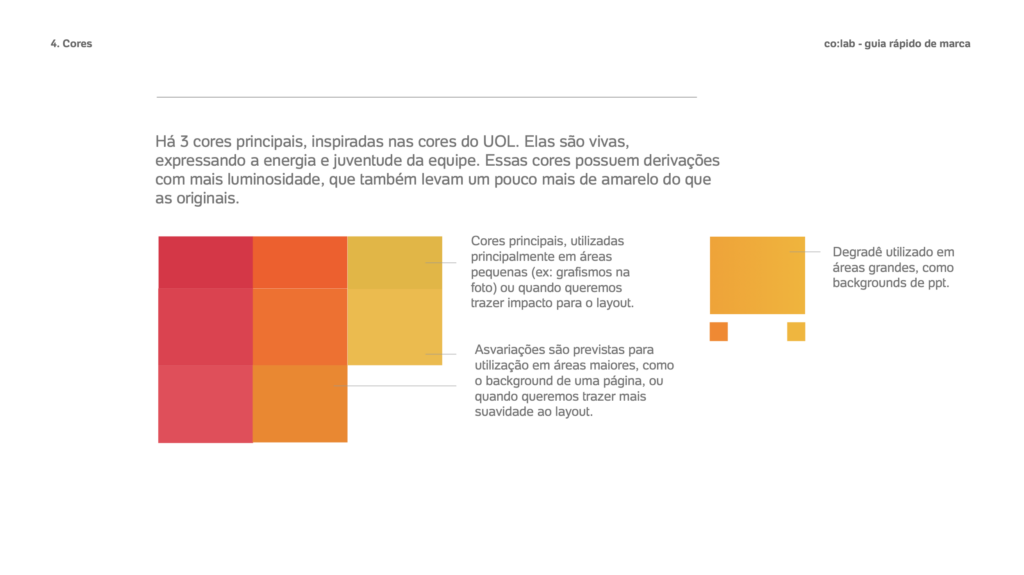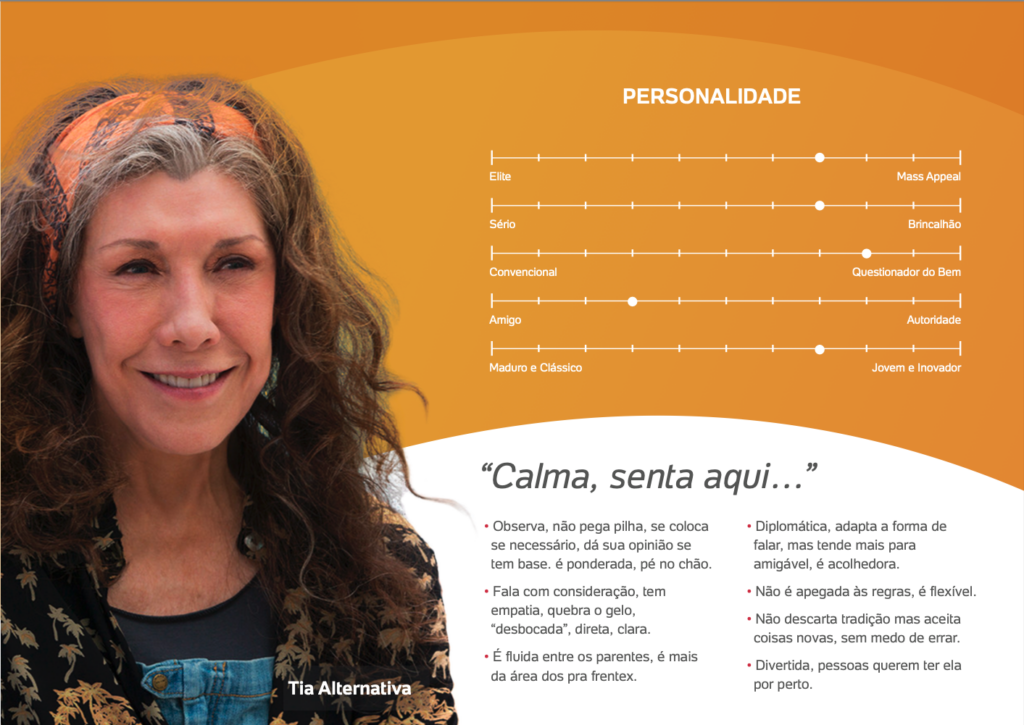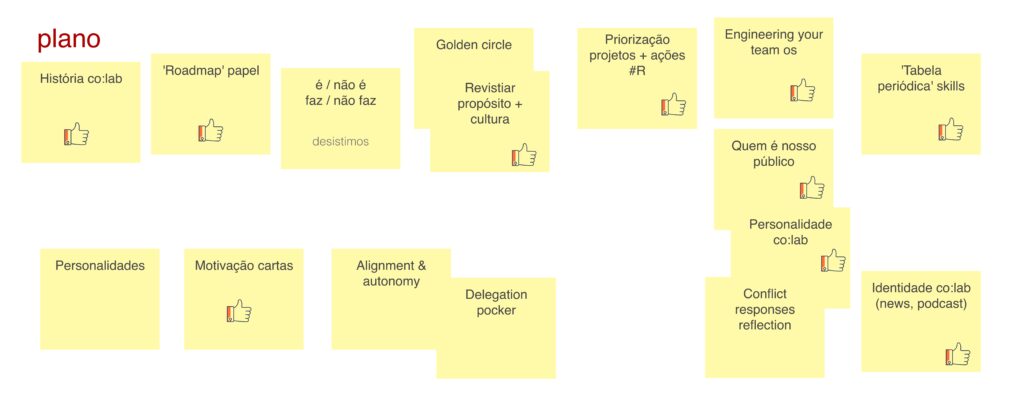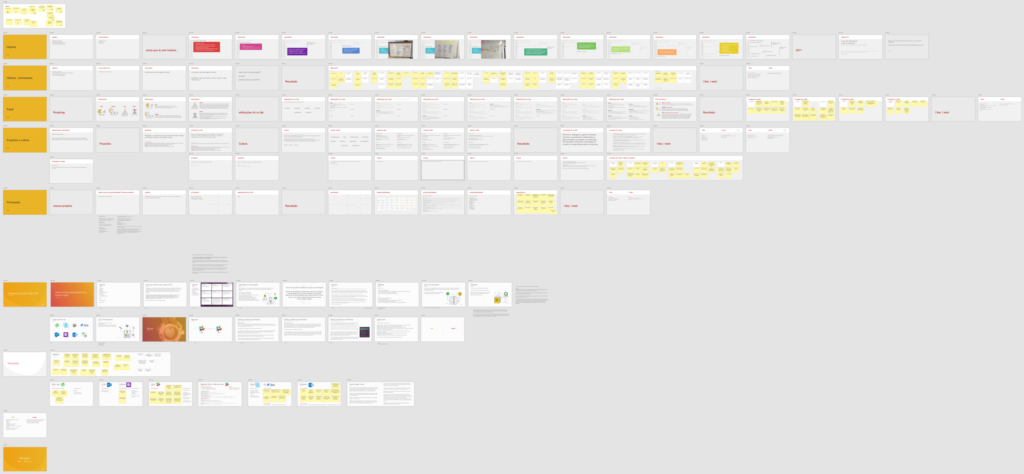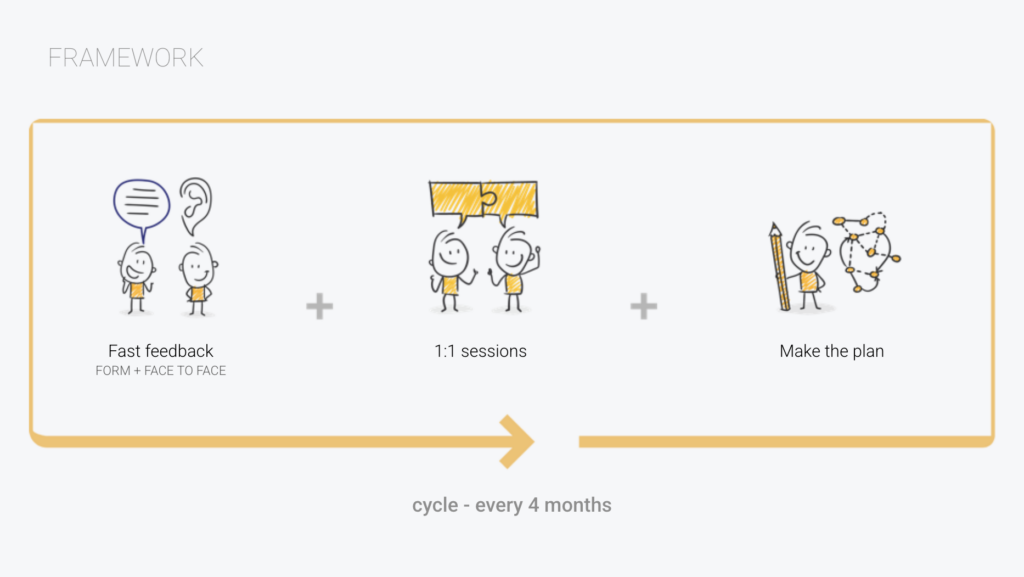co:lab – Building a team from the scratch
UOL, the largest Brazilian company in the digital content, technology, and services industry, serves over 2.5 million subscribers and is the global leader in Portuguese-language content, with more than 7.4 billion monthly page views and 114 million unique visitors each month.
In 2015/2016, UOL’s design team, which supported its services division, underwent a major restructuring inspired by the Spotify model. During this time, I took on a new challenge: building a team from scratch with a completely new role.
The process was demanding, requiring significant time and effort, and the early days were far from easy. But looking back, I’m incredibly proud of my personal journey and what we accomplished as a team. Within just a few years, we became a company benchmark—not just for the quality of our work but also for our innovative approach, daily routines, team culture, and collaborative environment.
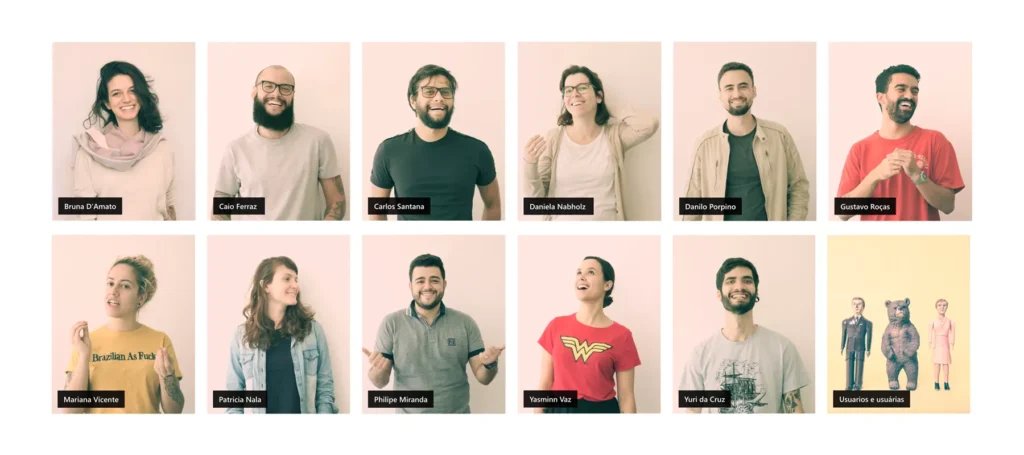
IMPACT
Role and contribution
I led and managed this multidisciplinary team through its entire evolution until my departure from the company. In collaboration with the team lead, I co-developed a feedback model that was eventually adopted by other teams across the organization.
SKILS: strategic thinking . organization . facilitation . creativity . leadership. management . empathy . active listening
challenge
Initially, the challenge was not just to create a team but also to foster a sense of community among designers and others passionate about design within the company. Along the way, we uncovered the core question at the heart of this challenge:
Another major challenge was managing complex projects that impacted multiple products simultaneously.
As the team grew, we faced an additional challenge: scaling while preserving the culture we had built and ensuring our work continued to have a direct and meaningful impact on the company’s products.
Aproach and process
There’s no one-size-fits-all process for building a team. Success depends on the people, the context, and the team’s history. The key is understanding the situation and adapting to what’s needed at the time.
Here are the steps and processes I followed, often co-created with the team lead:
Experimentation
Tried different approaches and learned from each iteration. It was a challenging period, and we struggled at first, but those early difficulties were essential for our later success.
Pause, Reflect, Reorganize
Led a week-long process using the design sprint framework combined with design thinking principles to pause, reflect, understand, and realign our direction.
Foundation
Built a strong foundation by establishing a shared purpose, defining team culture, and identifying strengths, leveraging tools from Hyper Island’s course “Leading Teams”.
Our foundation
With a clear purpose, defined culture, and strong understanding of our role, personalities, and skills, we evolved our team, creating a new space and fostering renewed confidence and a positive environment.
Routine
Implemented agile workflows for projects and team discussions while hosting regular internal workshops to promote collaboration.
Our evolution
To foster continuous development, we established routines and dedicated discussions for reflection, shaping our communication style and establishing a unified voice for collaborating with partners and clients.
Feedback
Co-developed a feedback process that became a regular practice inside the team and was eventually adopted by other teams.
Individual development
Recognizing the strength and diversity of our individuals, we mapped skills and interests to leverage strengths and foster organic growth. Working in pairs or trios, we nurtured new skills and passions through a culture of feedback, guidance, and shared responsibility for individual development.
Roadmap
Co-created a roadmap prioritizing team and individual growth, treating it with the same importance as other project deliverables.

Learning and reflections
This journey was truly transformative for me. I had to reinvent myself and grow in completely new ways. While it’s hard to capture everything I learned, here are some key takeaways:
Leading a team is demanding, but it’s incredibly rewarding. For me, a team is one of the most important projects you can take on. It requires focus, prioritization, space, routines, resilience and hard work. Along the way, you’ll experience a wide range of emotions—joy, sadness, frustration, and fulfillment—all of which contribute to a constant and meaningful learning process.

